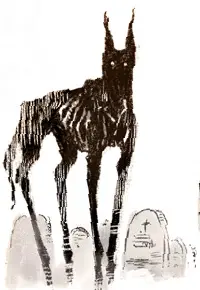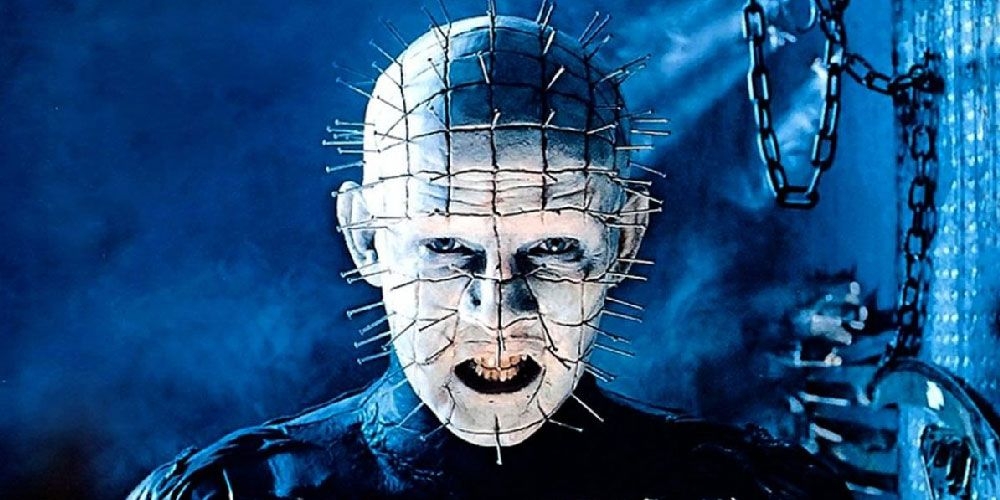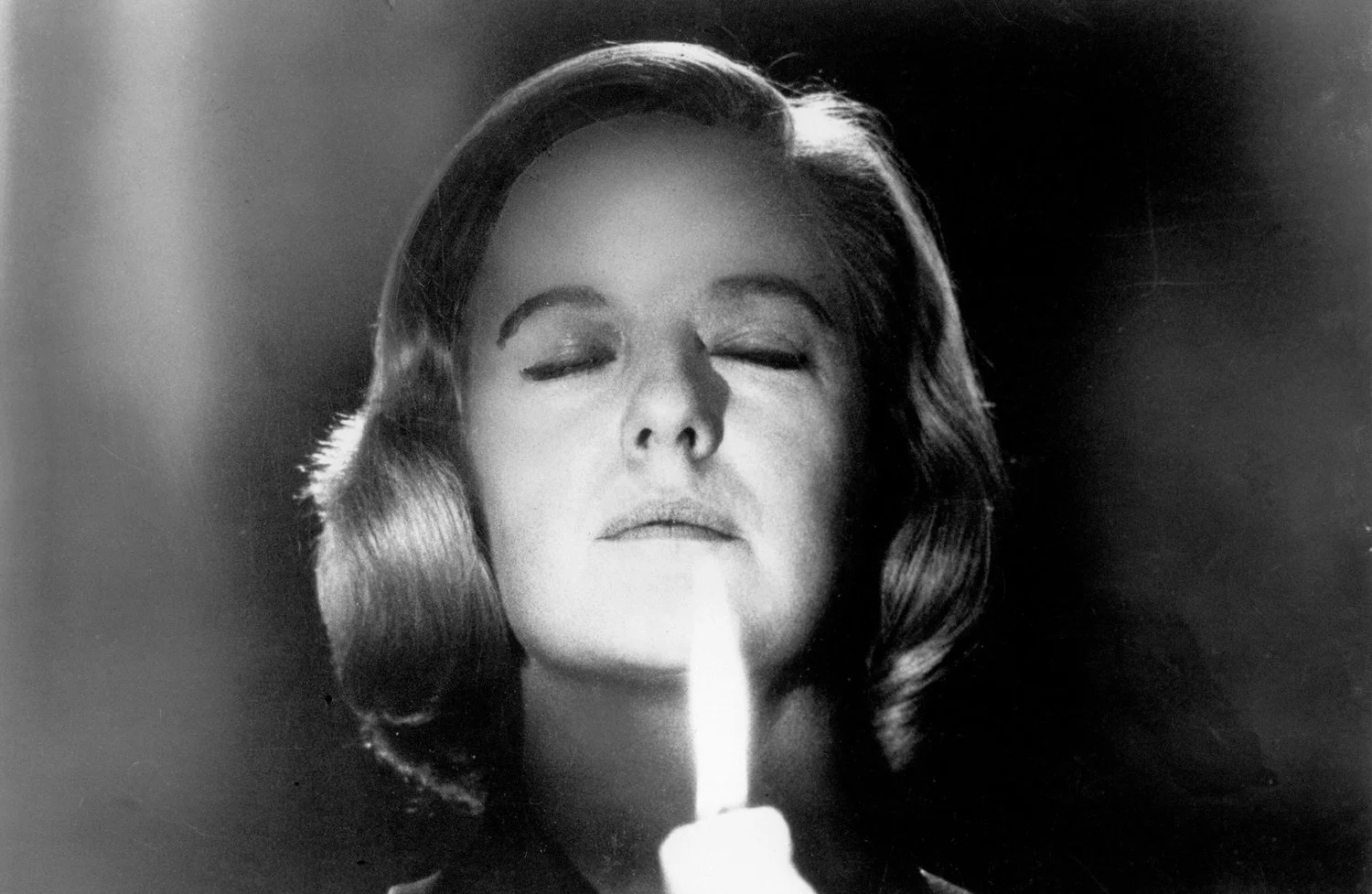The rise of Spiritualism in the mid-19th century saw with it an increase in the popularity of seances. The belief system and its practices offered something more present and tangible than the clear fiction of the Romantic and Gothic literature of prior years, a push for supernatural belief during a period of technological and scientific innovation, and a way to contact loved ones who had been killed in the wars that enveloped much of the western world.
These otherworldly endeavors took various forms. Sometimes, these would be stage performances where a medium would communicate with spirits related to members of the audience–for those in my particular age group, this would be like Crossing Over with John Edwards. Oftentimes they would have a small group in a single dark room, and the medium leading the seance would fall into a trance that allows spirits to communicate with the other participants vocally or through methods like automatic writing; or they would guide the spirits into performing acts like rapping on the walls or ground to communicate, or levitation of objects. And then there’s the looser seances, where there is no specific medium but groups use Ouija boards and similar methods to communicate, and have become more popular since the Victorian era…
… Although it is the time for horror and there is little more horrifying than an unwanted history lesson, I will cut short this deep dive into the practice and shift over to how it is depicted on screen–a juicier topic that offers examples of many of the aspects of historic seances, as well as modernized versions of them. There’s such a variety of methods for the seance, and those are amplified and made even more compelling either due to the narrative stakes provided by these films or the style in which they’re done. I’d like to briefly explore some great examples of seances on screen–from the traditional to the modern, the fraudulent to the unguided nightmare scenarios…


